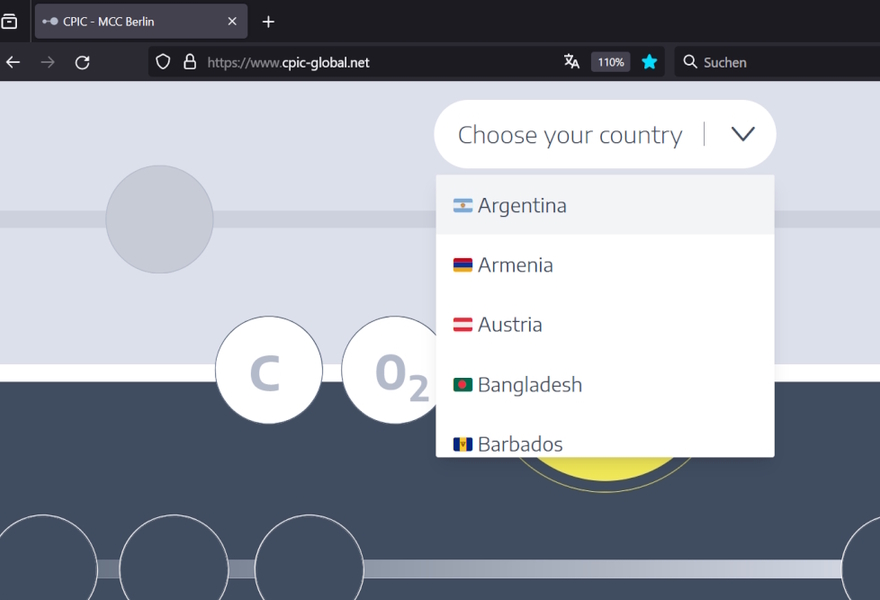You do the maths: how socially just climate policy works in 87 countries
The free “Carbon Pricing Incidence Calculator”, which MCC presented today at the world climate conference in Dubai, shows the benefits of carbon pricing.
How much does climate policy cost private households? A scientifically sound but easy-to-use online calculator now ensures that anyone can have a competent say on this important issue. The “Carbon Pricing Incidence Calculator” shows what happens to household budgets if the state increases the price of fossil fuels, and redistributes some or all of the resulting revenue back to citizens. The calculator was developed by the Berlin-based climate research institute MCC (Mercator Research Institute on Global Commons and Climate Change), and funded by the Deutsche Gesellschaft für Internationale Zusammenarbeit. It and can be used, free of charge, on a computer or smartphone.
The web application “MCC Carbon Pricing Incidence Calculator” can be found here.
“There is much debate about the social consequences of climate policy in industrialised countries, and increasingly also in poorer countries in the Global South,” says Jan Steckel, head of the MCC working group Climate and Development, who led the creation of this unprecedented web application. “Sometimes in the political debate, arguments are polemical and bare little relation to the facts. Our online calculator visualises the empirical evidence, making it accessible for everyone in the social discourse. It provides clarity in times of disinformation.”
The calculation tool, which MCC has presented to the public today at the COP28 world climate conference in Dubai, is fed with empirical data for 1.5 million private households in 87 countries across the globe. They are selected to represent five billion people, or 65 percent of the world’s population. Not only does the calculator “know” what private households in these countries spend their money on – based on national statistical surveys. It also uses an input–output model to determine the CO2 emissions associated with each individual expenditure item, both directly (e.g. for petrol, heating oil or natural gas) and indirectly (in the manufacture of various consumer products).
Using the calculator is simple. First “Choose your country” by scrolling to one of the 87 countries on the screen, and then tell the calculator what you want to know. Under “Population”, specify what you would like to compare: for example, rich and poor, urban and rural, families or singles. “Carbon Price” is about the specific policy measure used to make fuels more expensive, and by what amount. And under “Compensation”, you can set the proportion of additional revenue to be redistributed to citizens to ensure social balancing, and by what mechanism, for example via per-capita payments, cheap electricity or tax cuts. You can also choose how the results are displayed: as a percentage of household expenditure or in absolute terms, as an average value or as a statistical distribution.
The result shows the attractiveness of carbon pricing as a core instrument of climate policy. Supplementary policies can make them pro-poor. Poorer people are of particular concern as they spend a large proportion of their income on energy. Rising energy prices, e.g. through a carbon price, are often difficult to shoulder for them. “Here you can work through how differently carbon pricing plays out depending on the environment and design,” says MCC policy analyst Tessa Schiefer, who helped develop the tool. “It is not uncommon for the greatest disparities to exist within income groups rather than between them. Socially balanced climate policy that alleviates hardship and leaves no one behind will look different from country to country. But it is feasible.”
Further information:
- Link to the online tool “Carbon Price Incidence Calculator”:
https://www.cpic-global.net - Youtube video stream of the Launch Event “Facilitating socially just carbon pricing policies in emerging economies”:
https://www.youtube.com/watch?v=ZNW6jua2Ako






